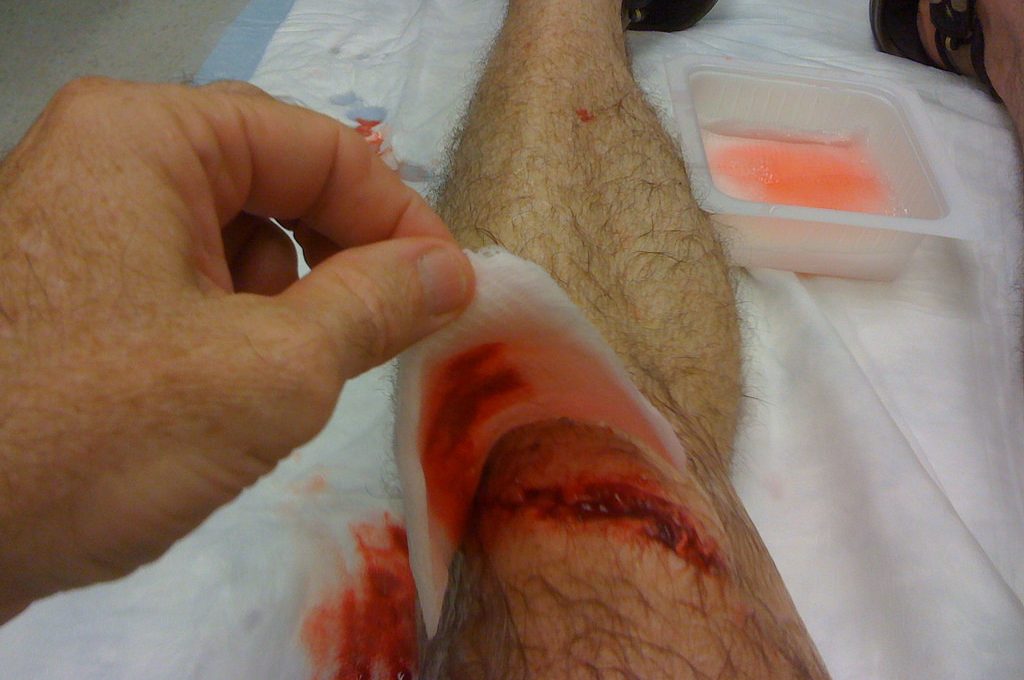Sports medicine is using technology to take leaps and bounds in provide new and more effective or less invasive procedures for patients. Here is a list of the few of the latest and most effective.

Minimally invasive spine injury surgery:
The spine is one of the most abused and damaged part of an athlete’s muscular system due to the extreme amount of stress placed on athlete’s spine during sports. .This stress will often lead to fractures and other. Athletes place a great deal of stress on their spinal cords, which can lead to bruises, fractures or other painful injuries or chronic conditions. The go to procedure in cases where there was a severe injury has been disruptive open surgery procedures that are painful, slow to heal and if the athlete does re-enter the field of play (which is less than 25% of the time), his or her route there will be long and painful with the expectations of many setbacks and limited function and performance.
New technologies have change things dramatically, making it sometimes possible for surgeons like Dr. James Devellis to perform to minimally invasive corrective surgeries that get an athlete back on the field much more often and in less than a year. Doctors use technologies today that give an athlete an option of getting his spine fixed in a procedure and nearly immediately begin rehabilitation for the injury. The surgery became very famous when football star quarterback Peyton Manning had this procedure done on what many considered a career ending injury. The procedure was a huge success with Payten returning to his near former level of professional play.
Ultrasound to guide pain injections:
When an athlete has pain in an area, a physician sill use his best guess to know where to put an injection. This blind approach for aiming at a troubled area will initially affect an area much broader than where the pain is but the physician will over time typically get better at treating the exact spot of the pain. Many physicians have and many more are adopting use of ultrasound technology to assist in the placement of pain injections. Ultrasound removes a lot (but not all), of the ambiguity of where to place a needle and allows patients to administer injections in the most accurate and effective spots to relieve pain. Often physicians will couple ultrasound locating with other technologies that allow for automated delivery of the injections, with the combination providing better and safer treatments for patients. Many doctors argue that the move toward this type of technology has been too slow and it should already be standardized, while others continue to push the envelope in treating patients with these new and effective technologies.
PRP and Stem Cells:
Platelet rich plasma injections are now a standard procedure for sports teams with player who have partial ligament tears and deteriorating and chronic joint conditions. The treatment is designed to more quickly grow tissue and cause quicker healing, allowing any athletes who might seemingly need to undergo knee surgery to be able to take PRP instead. The procedure shows a high degree of effectiveness and even more promise for an additional set of injuries as a portion of a set of therapies. However, its ability to completely heal has been very limited, to the dismay of many sports stakeholders.
The next line of procedures will revolve around the biologic treatment of sports injuries. This will entail empowering the body so that its ability to heal itself is heightened. At the heart of it is using blood and bone marrow stem cells for injury repair. Because of ethical and moral issues, the uptake of this type of procedure has been slow to be adopted but it is gaining momentum and as laws come on line that better reflect their importance, there is no doubt that stem cells will play a large at the top of sports medicine.



